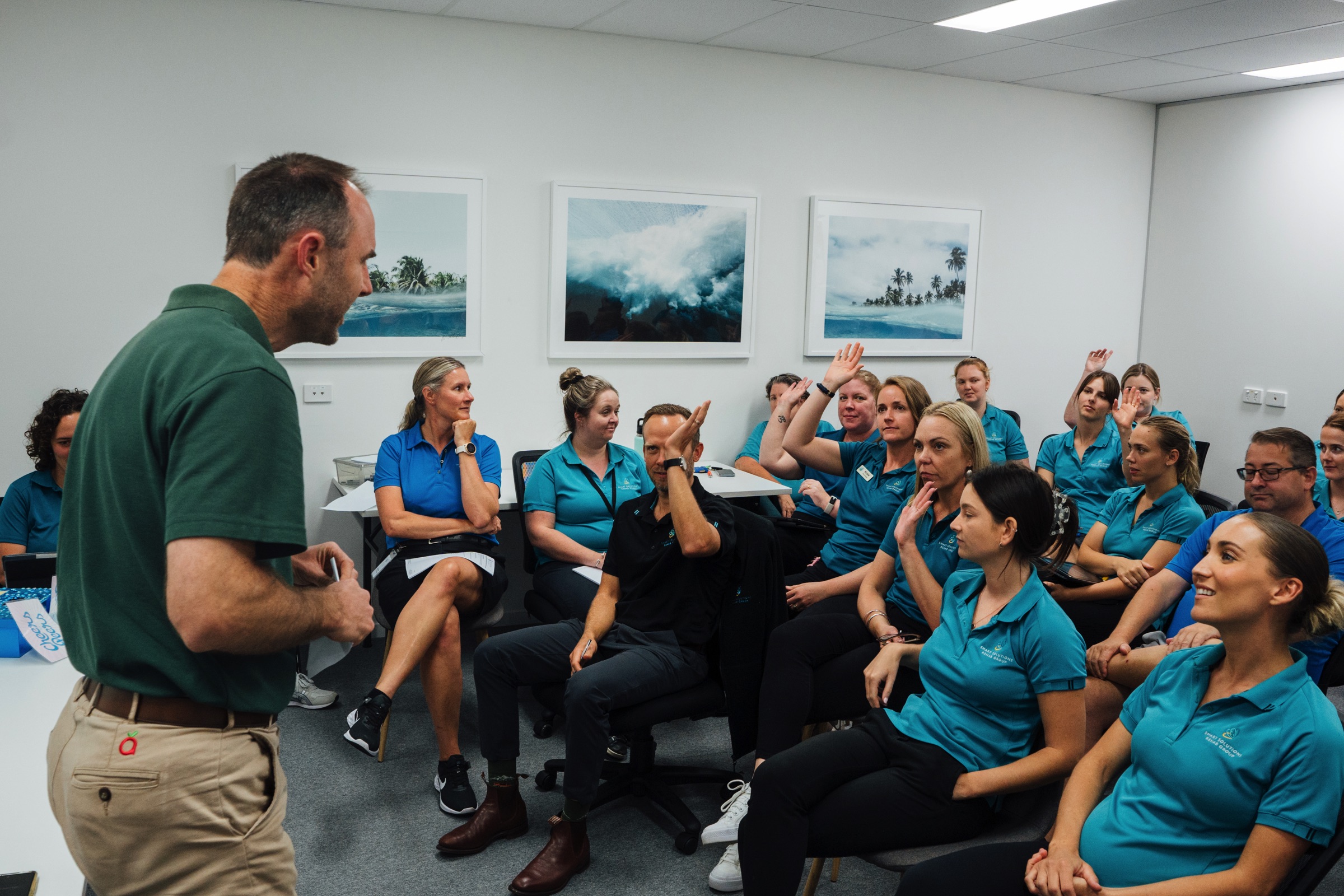What is Assistive Technology?
Assistive Technology (AT) can constitute an integral part of the support framework that helps people living with a disability realise their potential. AT generally incorporates any equipment, system or design that assists a person with a disability to navigate their home, workplace, school, or community, and to undertake tasks and achieve goals that they otherwise wouldn’t be able to.
Types of Assistive Technology
AT varies from the simple to the complex, depending on the unique needs of the person. When we think about the many diverse tasks we undertake as part of our day-to-day living, we get a sense of the scope of AT, and its potential to enhance independence and improve quality of life. Activities like opening jars, ordering a coffee, getting in and out of the car, or dressing and undressing may be difficult for people living with a disability, and in such circumstances AT can provide individuals with opportunities for independence and increased functionality.
Assistive Technology can be categorised into a range of groups, including (but not limited to):
- Daily living aids
- Computer access aids
- Environmental controls
- Home or workplace modifications
- Prosthetics and orthotics
- Mobility aids
- Seating and positioning
- Sensory aids for vision/hearing impairment
- Alternative & augmentative communication
- Aids for recreation
Choosing Assistive Technology
It is important to identify which AT is best suited to help the individual interact with their environment. These highly personalised requirements are generally assessed by an Occupational Therapist (OT), Physiotherapist (PT) or Speech Pathologist (SP) in consultation with the client, and, possibly, carers, family, and other professionals as required. The process is highly dependent on the specific needs of the client, and the outcomes they wish to achieve to ensure an optimal fit and maximise the benefits.
Getting the most out of Assistive Technology
Identifying precisely which type of AT is going to be most beneficial in achieving clinical outcomes is only part of the story. OTs, PTs and SPs play a vital role in researching the most appropriate brand, trialing possible solutions, organising AT funding, sourcing the technology, and implementing the AT once received. At this point an OT, PT or SP will work closely with their client to ensure they get the most benefit from the new equipment, system or design, which might include a process of education, training and refining use.
Assistive Technology, Independence and Inclusion
The importance of AT is in its function to increase individual autonomy and provide opportunities for meaningful participation in activities that are important to the client. Assistive Technology is an undeniable part of 21st century living for most, if not all, of us (in fact, you are utilising AT as you read this article). However, for community members living with a disability, AT is not just about making certain activities more convenient, the availability of AT can transform the impossible into the attainable.
Assistive Technology allows for a more inclusive society, by allowing disabled community members to participate more fully in activities that are important to them. In utilising AT, disabled community members can often undertake meaningful activities in new and independent ways, that might otherwise require intervention from a carer or family member. In this, Assistive Technology facilitates greater freedom for a disabled person to live life according to their own desires, needs and values.
Need to know more?
At Smart Solutions Rehab Group, our experienced and well-trained Occupational Therapists, Physiotherapists and Speech Pathologists are here to help you maximise your independence. Contact us today to discuss your needs via email at admin@ssrg.com.au or you can call us on 1300 729 190 and we will be happy to help!




